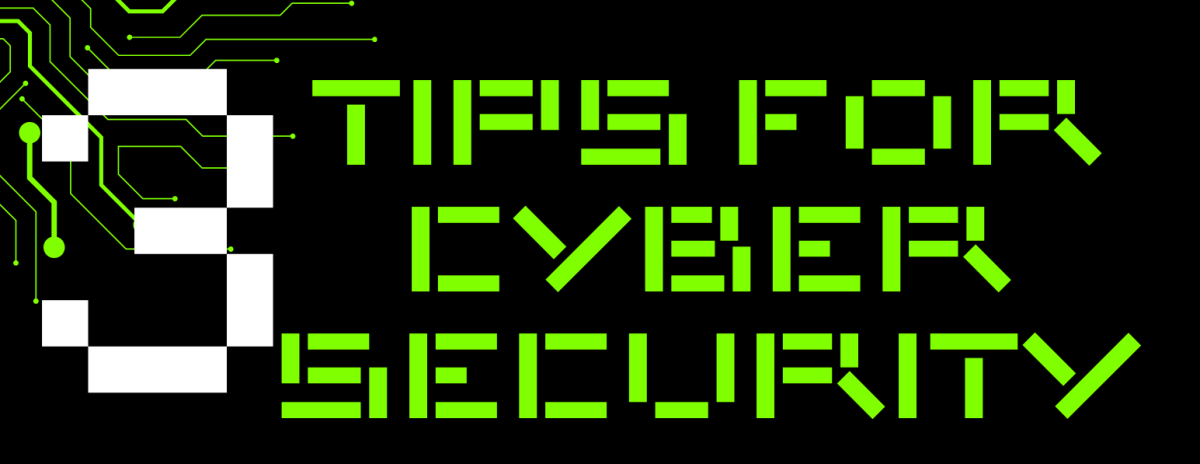With the SAT, college admissions exam changing from paper and pencil to computer based, students were left overwhelmed. This year is the first time the only option was digital. Additionally, the test is one hour shorter, cut down from three hours, has shorter reading passages and includes digital tools, like a highlighter, a graphing calculator, and a bookmark to go back to skipped questions. The revamped test aims to make cheating harder and grading easier.
Throughout March and April, College Board expects over one million students to take the new digital SAT. Students will either take the exam on Saturday test dates or during SAT school days, where participating high schools offer the test to upperclassmen free of charge.
“Most people have to pay to take the SAT, but our school was able to let us take it for the first time for free,” test taker Hannah Taber said.
On March 20, Clear Creek juniors took the all-digital SAT exam, where many test takers saw a lot of new changes.
A monumental change to the test is that it is adaptive, meaning the difficulty of questions are dependent on how the test taker performed in prior sections of the exam.
According to College Board, each test section, Reading and Writing, and Math, is divided into two equal-length, separately timed parts called modules.
The math section was said to have been the toughest for many in comparison to the English section.
Many students found the math section particularly challenging compared to the English section.
“The math problems were definitely harder, especially in the second stage. It felt like they required more complex reasoning and problem-solving skills,” Omolade Dada, junior said.
The adaptive nature of the test means that students are presented with questions that match their performance level. This change has both positive and negative implications for students. On one hand, it helps to better assess a student’s true capability, but on the other hand, it can add pressure as students’ progress through the test.
Despite these challenges, many students and educators are optimistic about the new format.
“Change is always difficult at first, but I believe this digital SAT is a step in the right direction. It aligns with how students are learning and interacting with information in today’s digital age,” AP English teacher Lindsay Cardella said.
The revamped digital SAT has left a significant impact on students, educators, and the broader educational community. While the transition has had its challenges, the move towards a more adaptive, secure, and efficient testing format promises to better align with modern educational practices and technological advancements. As the College Board continues to refine the digital SAT, it will be crucial to address any technical issues and ensure that the test remains a fair and accurate measure of student achievement.








